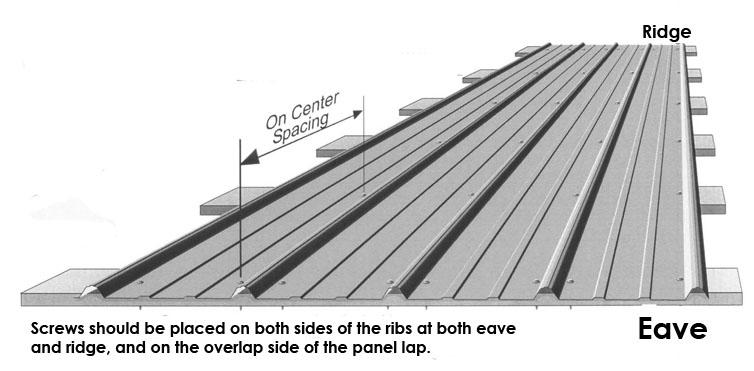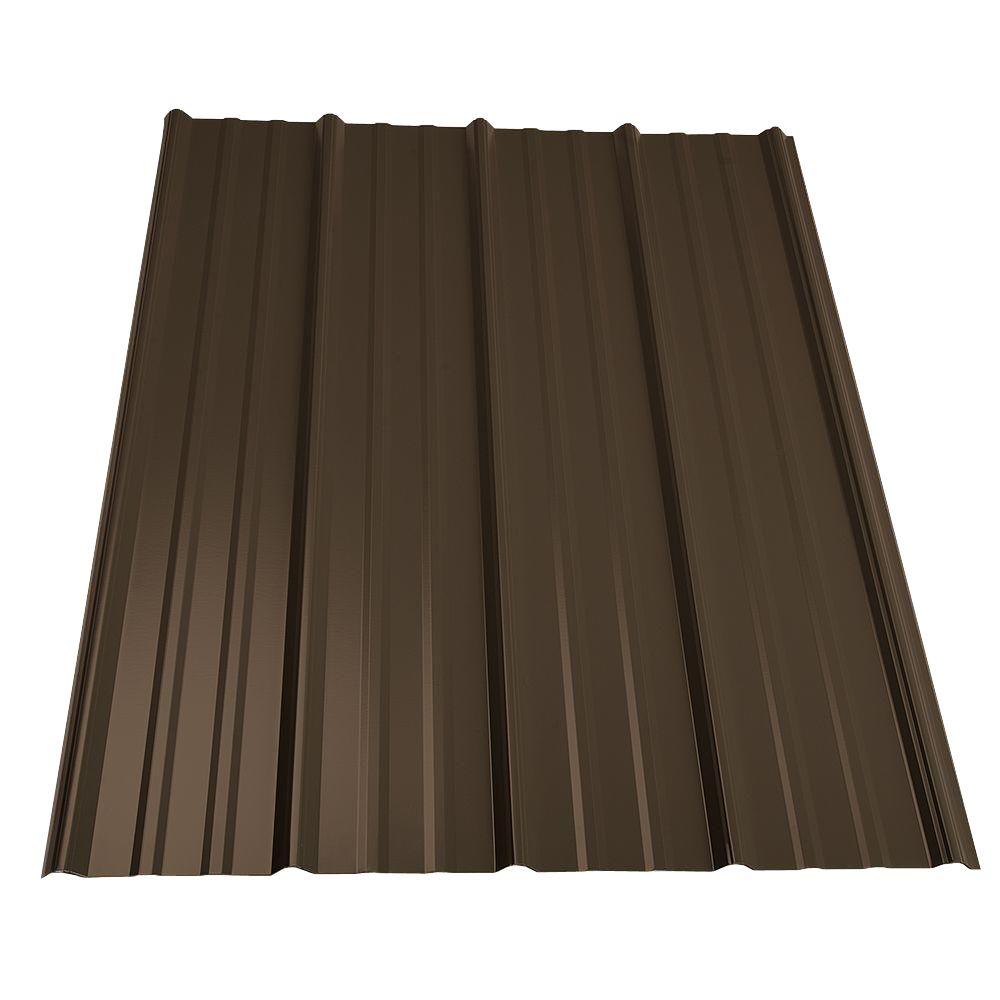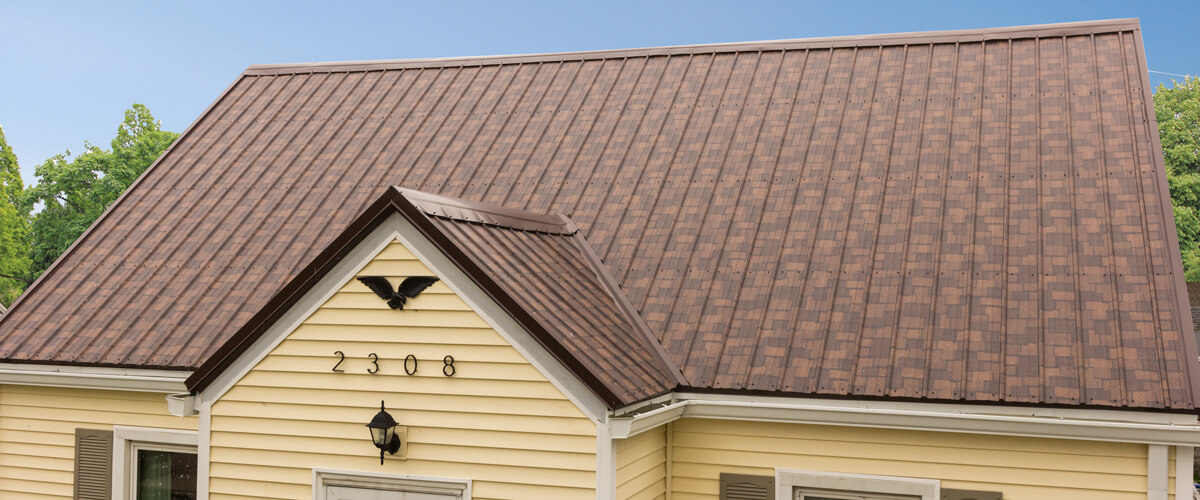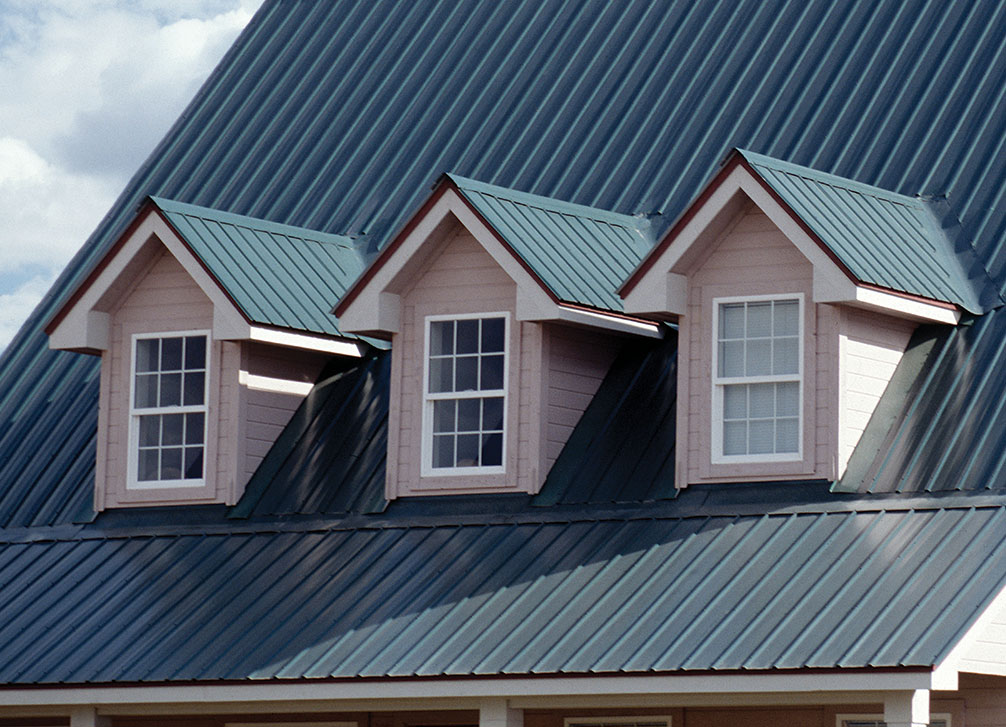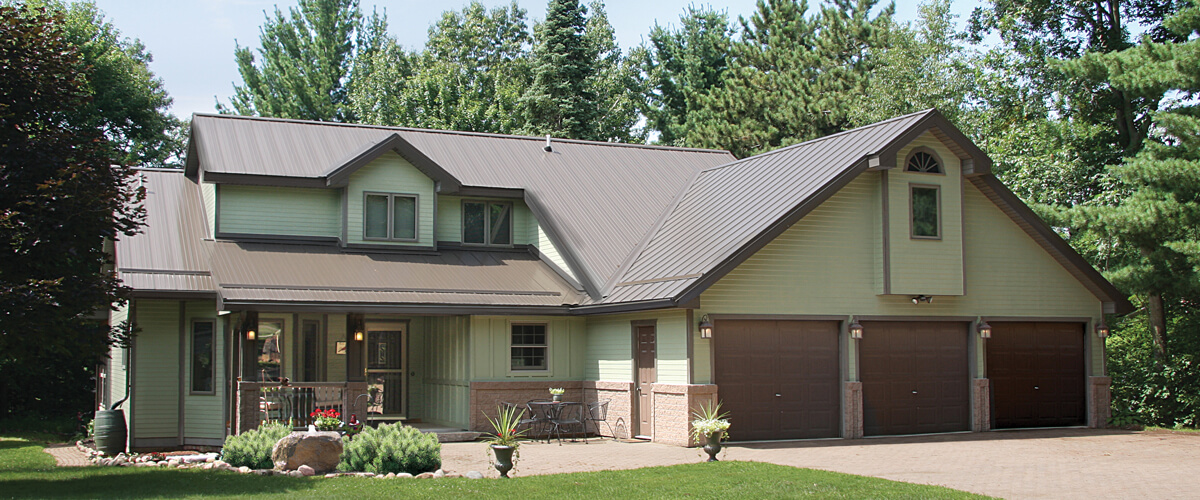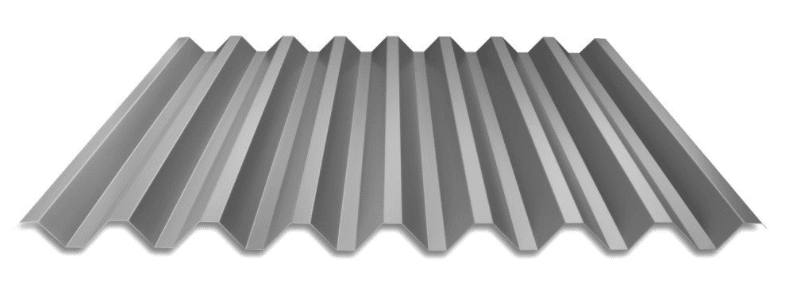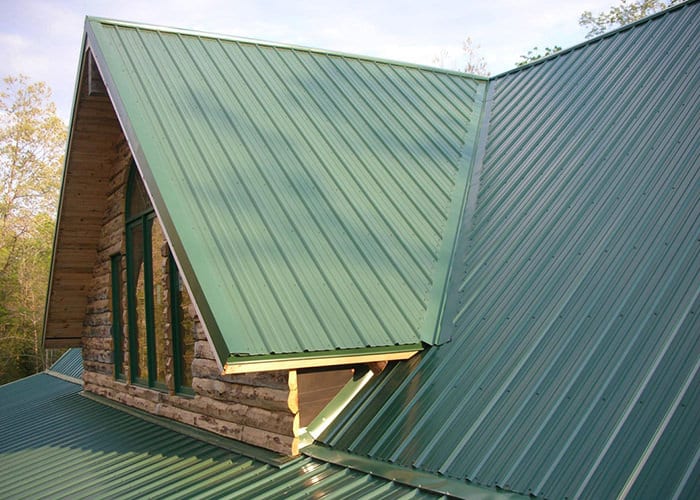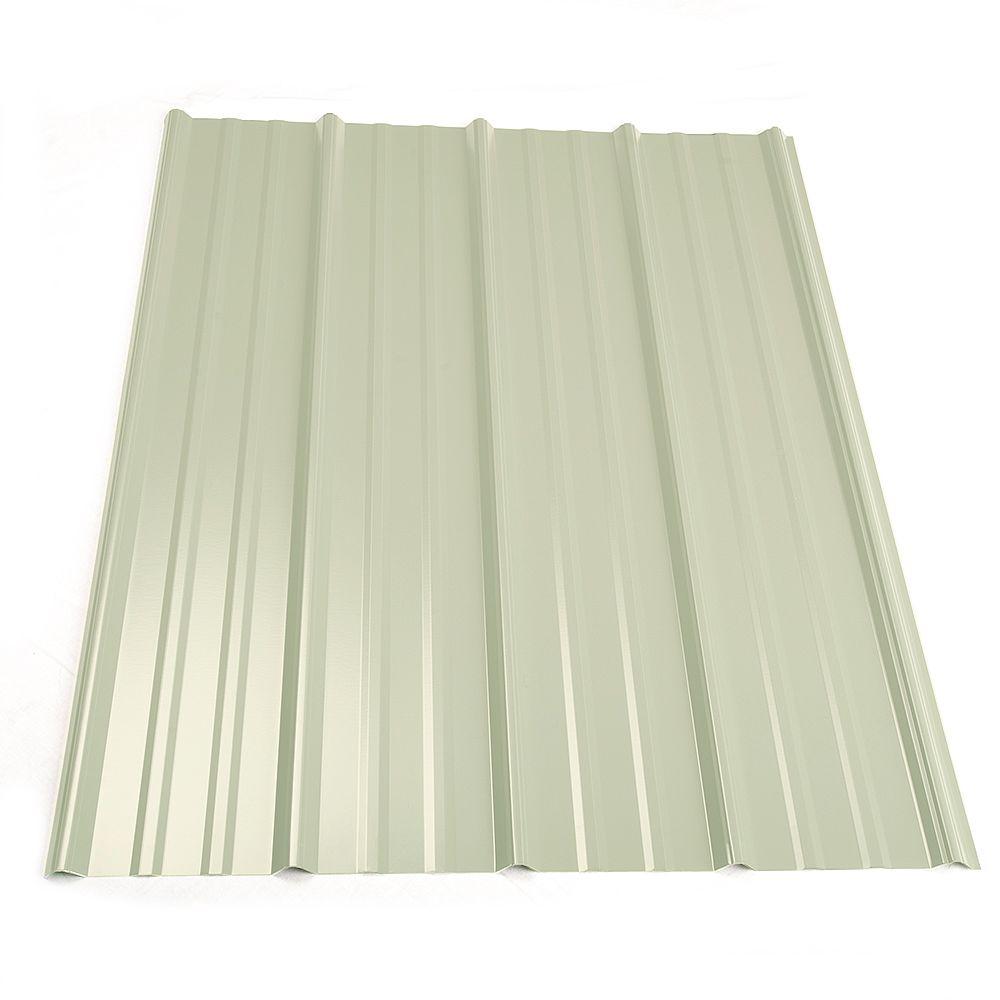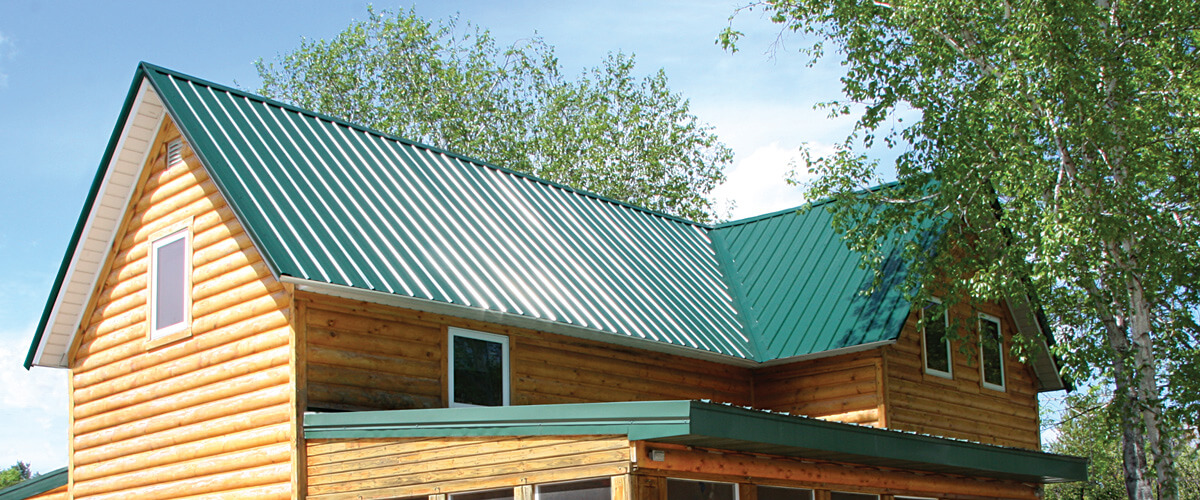How Far Apart Rafters For Rib Steel Roofing

Pole barn roof truss spacing generally tens to operate according to similar spacing principles though there are some proponents of having higher pole barn roof truss spacing.
How far apart rafters for rib steel roofing. As the o c spacing gets larger the trusses have to carry more weight and be built heavier. Metal roofing is a unique trend in roofing and this guide will walk you through the steps. Therefore if you want a 10 12 single sloped roof and you live in a heavy snow area then you can space your rafters 16 apart and use spf 2 6 lumber. With commonly used roofing terms figures 7 3 and 7 4.
The tops of inclined rafters are fastened to the ridge or another rafter depending on the type of roof. Install the roofing screws vertically along each rib in the panel. Place the first screw about 7 inches from the bottom and each subsequent screw about 18 to 24 inches apart along the vertical run. You should use 2 4 rafters if you live in an area without heavy snow or wind loads.
They are inclined members spaced from 16 to 48 inches apart. Purlins are 2 by 4 feet and are installed much like metal roofing. In this example the section of roof is 20 feet wide and 14 feet from the fascia to the peak. They vary in size depending on length and spacing.
Truss spacing for metal roof just remember you can t use the same trusses for 24 48 or whatever centers. This translates to seven rows of strips 20 feet long spaced two feet apart or 140 lineal feet of. They give added support to the roof and also provide a nailing surface for the end panels and drip edge. They are installed on top of the roof rafters with a felt underlayment or vapor barrier installed on top.
Wider panels allow for greater spacing between rafters. Rafters rafters make up the main framework of all roofs. A metal roof must also allow for some overlap on each side of the panels which will reduce the effective width of the panel. To determine how far apart to set rafters measure the width of the metal panel and then the width of the first hill and valley of the panel.
